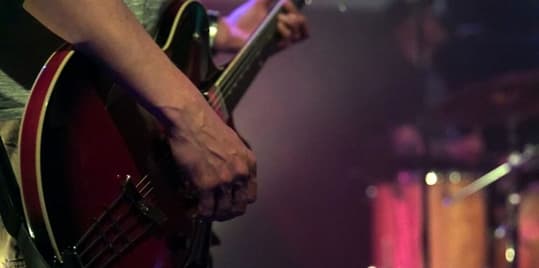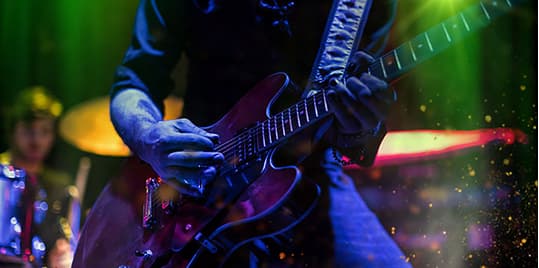How Classic Rock Guitarists Shaped Modern Music
Classic rock guitarists have left an indelible mark on the music world, shaping the sound of entire generations. Even today, their influence resonates in modern music, with countless artists drawing inspiration from the styles and innovations of the golden era.
The Golden Age of Guitarists
The late 1960s and 1970s are often called the golden age of rock guitarists when the instrument became a defining force in popular music. Jimi Hendrix led the charge, whose revolutionary use of feedback, distortion, and improvisation set a new standard for what could be achieved with an electric guitar. His performances at Woodstock and the Monterey Pop Festival became legendary, cementing him as a cultural icon.
Alongside Hendrix was Eric Clapton, whose fluid blues-inspired solos earned him the nickname “Slowhand.” Clapton’s work with Cream and his solo career brought blues-rock to mainstream audiences, with tracks like “Layla” and “Crossroads” showcasing his technical skill and emotional depth. Jimmy Page of Led Zeppelin also left a lasting imprint, blending hard rock, blues, and folk influences to create some of the most memorable riffs in rock history, including “Stairway to Heaven” and “Whole Lotta Love.”
These guitarists, among others, didn’t just play music—they transformed it. Their bold experimentation with sound, combined with raw talent, redefined the possibilities of the guitar and inspired a generation of musicians who would follow in their footsteps. The golden age of guitarists wasn’t just about individual prowess; it was a time when the guitar became a symbol of musical innovation.

Global Influence of Classic Rock Guitarists
The impact of classic rock guitarists didn’t stop at the borders of the United States; their influence quickly spread across the globe, inspiring musicians and shaping music scenes far and wide. The British rock scene, in particular, was heavily influenced by American blues and rock, with bands like Led Zeppelin and The Rolling Stones drawing inspiration from these guitar legends.
As the music traveled, so did the culture around it. Fans in countries like Germany, Italy, and France embraced the guitar-heavy sounds of the 60s and 70s, creating vibrant rock communities that thrive today. Even beyond the music world, the influence of these guitarists can be felt in various forms of entertainment. For instance, European classic rock fans might enjoy the music while unwinding in different ways, such as playing at European online casinos. These casinos often incorporate popular music themes into their games, creating an immersive experience where the spirit of rock lives on.

Classic Rock’s Impact on Modern Music
Many contemporary artists have embraced the techniques pioneered by legends like Jimi Hendrix, Eric Clapton, and Jimmy Page, incorporating their signature riffs, solos, and raw energy into today’s sound. The resurgence of guitar-driven music in recent years shows just how enduring the legacy of classic rock truly is.
Beyond the stylistic echoes, the ethos of experimentation and pushing boundaries—so characteristic of classic rock guitarists—continues to inspire today’s musicians. Guitar solos, once considered a relic of the past, are making a comeback in new and exciting ways, with artists putting their spin on a technique that Hendrix or Page might have pioneered decades ago.
The continued presence of classic rock’s influence highlights how the sounds of the past can adapt and evolve, remaining relevant in an ever-changing musical landscape. As long as guitarists keep picking up their instruments, the legacy of these rock legends will continue to thrive in today’s music.
Innovations Carried into Modern Technology
One of the most significant contributions was the creative use of guitar effects pedals. Hendrix, for example, popularized the wah-wah pedal and fuzz, which have since become staples in the gear of guitarists across all genres. Modern effects pedals have evolved to be more advanced and versatile, but they still carry the same fundamental principles introduced during the golden age of rock. Musicians today use digital and analog pedals to recreate the sounds that made rock history while also blending them with new sonic landscapes.
Recording technology has also evolved thanks to the innovative layering techniques of guitarists like Jimmy Page. His use of multi-tracking to create lush, textured sounds can now be replicated and expanded upon with today’s digital audio workstations (DAWs). Modern musicians have access to software that allows them to layer countless tracks, manipulating sound with a precision that would have been unimaginable in the 1970s. Yet, the core idea—creating expansive, rich audio experiences—was born from the early experimentation of classic rock artists.
